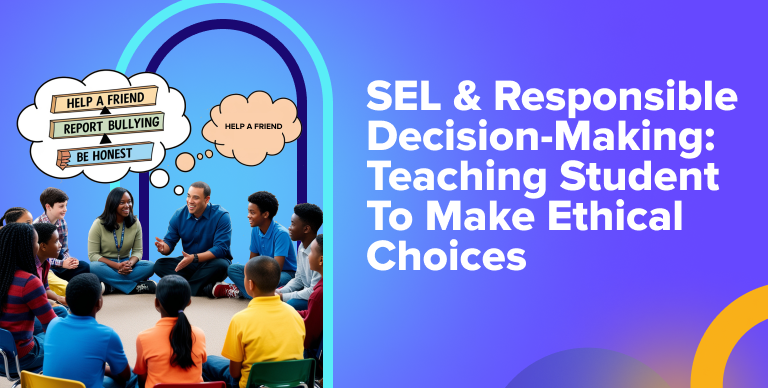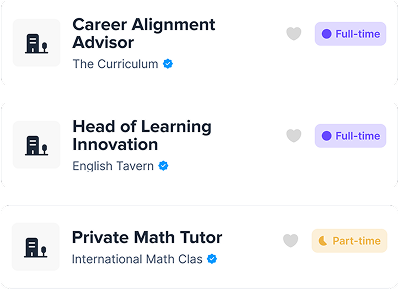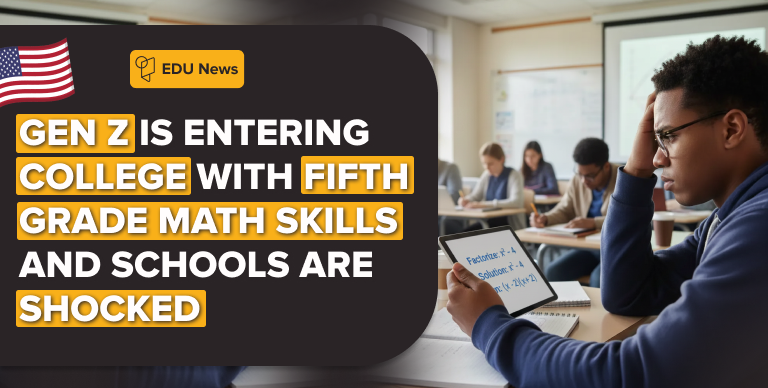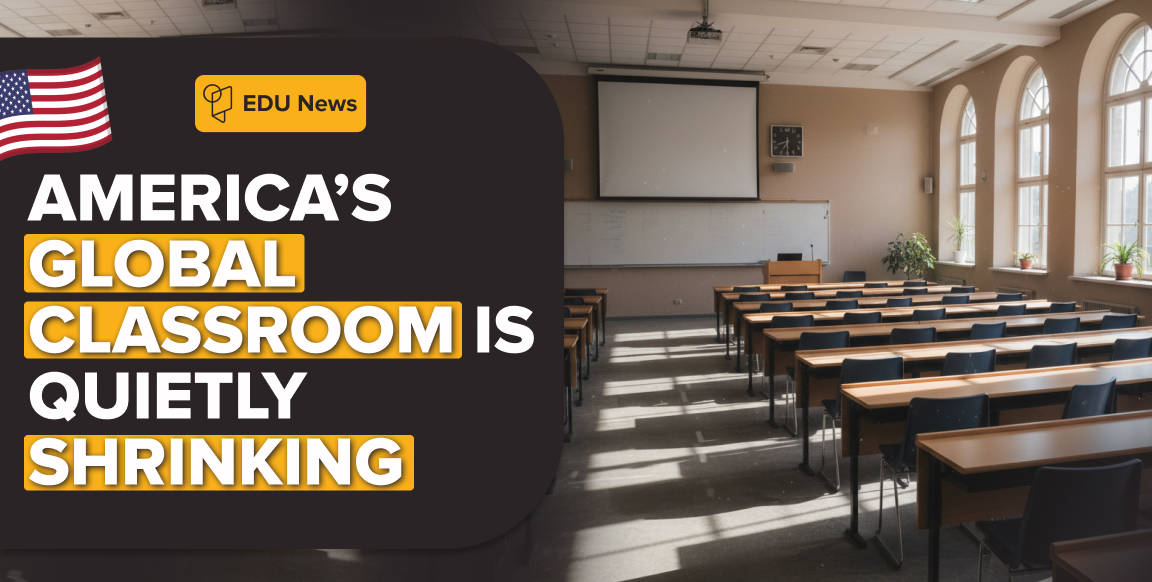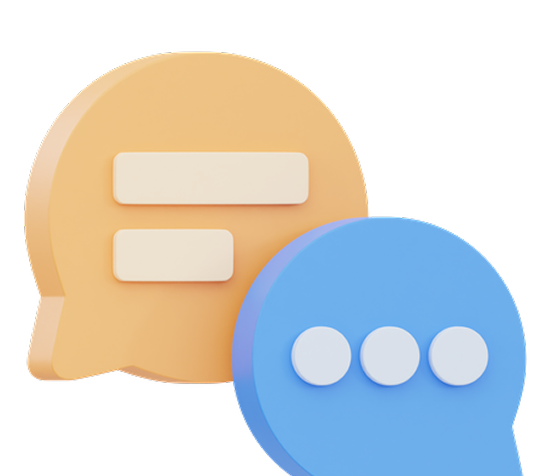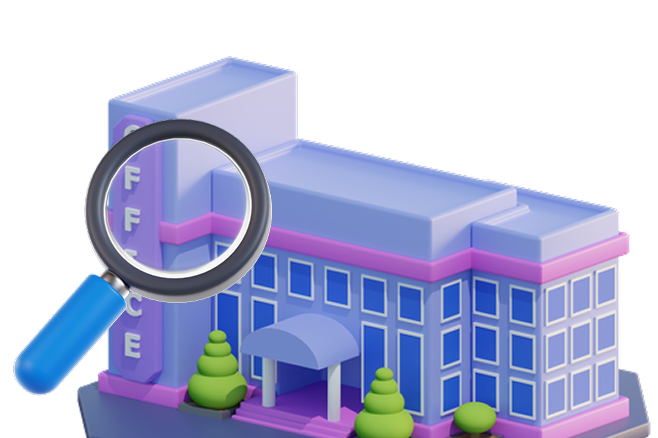Responsible decision-making is one of the skills and attitudes that students need to succeed in school and life. Because it helps them think, respect ethics, norms, and solve problems in various situations.
In this EDU Blog, we will look at how responsible decision-making benefits students, how educators can support it in the classroom, and what are some of the challenges and opportunities for teaching social and emotional learning (SEL) in schools.
What is responsible decision-making?
Responsible decision-making is not just about choosing what to do, but also how to do it. You need to use several skills and strategies to compare different options. For instance, think about the good and bad sides of each one, imagine what might happen, and choose the best way to act. Responsible decision-making also requires being aware of one’s emotions, values, and goals, and how they influence one’s choices.
Some of the skills and strategies that are involved in responsible decision-making are:
Identifying the problem or situation;
Gathering relevant information and facts;
Generating possible solutions or alternatives;
Evaluating the benefits and risks of each option;
Considering the impact on oneself and others;
Choosing the option that aligns with one’s values and goals;
Implementing the chosen option;
- Reflecting on the results and learning from the experience.
Why is responsible decision-making important?
Responsible decision-making is important for several reasons. To begin with, it helps students develop critical thinking and problem-solving skills. These skills help them do well in school and lifelong learning.
Furthermore, responsible decision-making also helps students learn how to do the right thing and care for others. This helps them become good citizens and contribute to their community.
Finally, it helps students learn how to control their emotions and deal with stress. These skills make their mental health strong.
Responsible decision-making can also have positive effects on students’ relationships, behavior, and academic performance. For example, research has shown that students who practice responsible decision-making are more likely to have:
Higher self-esteem and self-confidence
Lower levels of stress and anxiety
Better social skills and peer relationships
Fewer disciplinary problems and conflicts
- Higher academic achievement and motivation
How to teach responsible decision-making in the classroom?
Teaching responsible decision-making in the classroom can be done in various ways. For instance, it depends on how old they are, what grade they are in, and what they are learning. But there are some principles that work well in any situation:
Show students how you make good choices. Tell them what you think and do when you have a problem or a challenge.
Let students practice making good choices. Give them situations where they have to decide what to do. They can act them out, read about them, pretend they are real, or use real examples.
Help students get better at making good choices. Tell them what they did well and what they can do better. And give them tips and advice on how to make good choices.
Ask students to think about their choices and what happened because of them. Did their choices help them or hurt them? Did their choices help others or hurt others?
Responsible decision-making activities
How can you teach students responsible decision-making in the classroom? Here are some examples of activities that can be adapted for different grade levels and subject areas:
Pros and Cons: Ask students to write the good and bad things about an option or a situation. For example, they can write about reading a book, joining a club, or buying a snack. Then have them compare their lists with a partner or a group, and discuss why they chose their option.
What If?: Ask students to think about what could happen if they made a decision or did something. For example, they can think about skipping homework, lying to a friend, or cheating on a test. Then have them discuss how they would feel and what they would do if those outcomes happened.
Dilemma Cards: Give students cards with hard questions or problems. They can get cards about sharing answers with someone who didn’t study; keeping or returning a wallet they found; or telling the truth or lying to stay out of trouble. Then have them explain what they would do and why.
- Decision Tree: Ask students to draw a picture of how they make choices for a problem or a situation. For example, they can draw about planning a project, solving a conflict, or choosing a career. Then have them present their decision tree to the class, and explain how they arrived at their final choice.
Takeaways
A skill that helps students do well in school and life is responsible decision-making. This skill helps them solve problems, care for others, control themselves, and bounce back from challenges. It also makes them happier and healthier, and improves their relationships.
Educators can help students learn this skill by using social and emotional learning (SEL) in their classrooms. They can show students how to make good decisions, let them practice with real situations, and guide them along the way.
Fun and engaging activities and lesson plans can also help students learn responsible decision-making. These activities can help students think critically, consider different possibilities, and make choices that match their values and goals.




